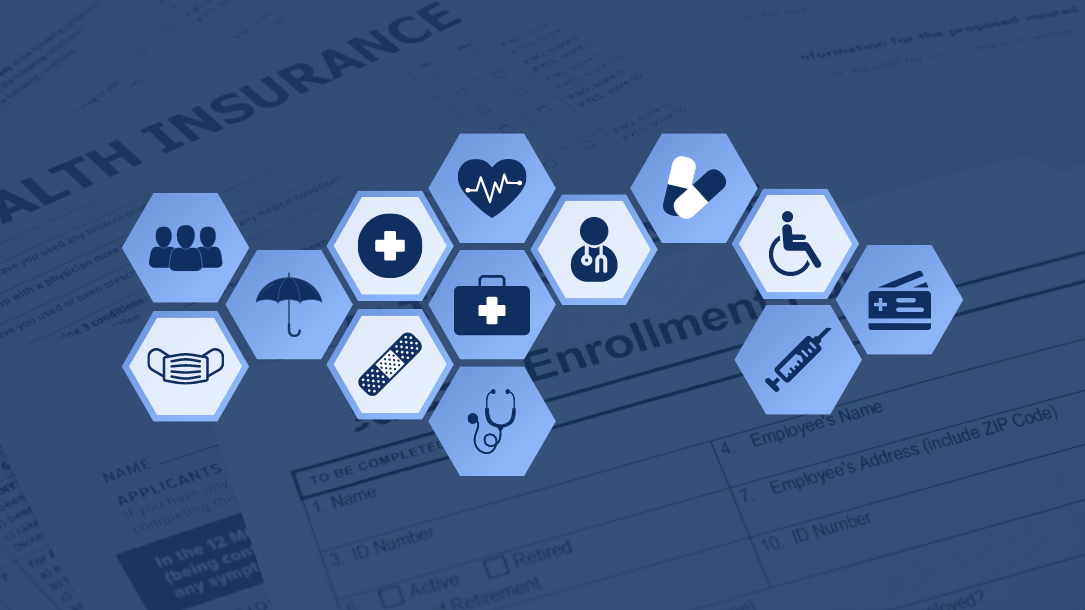Open enrollment planning is more important than ever. With the global pandemic and systematic racism health equity is being considered for every strategy - including OE and Annual Enrollment Period. Health insurance companies are moving from providing the minimum requirements to full-funnel enrollment equity. Here's what you need to know:
Translation Requirements for Open Enrollment
Federal civil rights laws like section 1557 of the ACA and Title VI of the Civil Rights Act of 1964 require healthcare organizations to provide low English proficiency individuals with access to the information they need in a language they can understand. In addition to this general requirement, there are four key requirements that exchanges, qualified health plans and web brokers registered for more than one year must meet under the ACA:
- First, these entities must provide oral and written translation services as needed by applicants and customers. This service must be provided at no additional cost.
- Second, they must provide taglines on critical documents (both off- and online) to notify customers that translation services are available. Taglines must appear in the top 15 non-English languages of the state or states the organization operates in.
- Third, these entities must translate certain web content into languages spoken by LEP groups that make up 10 percent or more of a relevant state's population. Qualified health plans only need to translate "critical" information. However, exchanges and web brokers must translate all web content "intended for qualified individuals, applications, employers and employees, and enrollees." For 2017, the only language this applies to is Spanish, in Texas and California.
- Finally, health plans must provide taglines on claims, appeals, and summaries of benefits in any non-English language spoken by 10% or more of the population for any county they serve. For 2017, that includes Spanish, Navajo (in Apache County, Arizona), Chinese (San Francisco County) and Tagalog (Aleutians East Borough and Aleutians West Census Area, Alaska).
A note about African languages:
Taglines must be provided in the top 15 non-English languages in each state. The rankings are determined by American Community Survey language data. That sounds straightforward enough, right? But there's a catch. Speakers of the African languages of Kru, Ibo, and Yoruba were counted together. But there's no way to break down how many people speak each language. As a result, if you do business in a state where these languages are in the top 15, you must provide taglines for all three languages. So, you'll actually need 17 taglines to be compliant.
Translating Enrollment Documents and Promotion Materials
Organizations are not required to translate marketing materials that are for advertising purposes only. But it still makes sense to do so. If you want to reach any audience, for any purpose, you must speak to them in a language they understand. People are more likely to make a purchase if they have access to information in their native language. That's especially true when it comes to complex topics like healthcare.
Don't Cut and Paste Taglines
The U.S. Department of Health and Human Services (HHS) provides sample taglines for the top 15 languages spoken in each state. It's tempting to save money by simply cutting and pasting them into your critical documents. But don't. Software limitations can change the way some foreign-language characters are displayed. The result? Those free taglines can turn into potentially costly gibberish!
As a best practice, utilize professional, multi-lingual desktop publishers who work in any number of file formats and platforms and also provide final quality assurance checks of the translated content. At the very least, have a fluent, native-speaking translator proofread to make sure the taglines have been translated correctly.
What About Machine Translation?
Similar to cutting and pasting taglines, using a free online machine translation service can be tempting. But even HHS has acknowledged the risks involved with machine translation, stating it is "particularly dangerous, and can lead to very serious misunderstandings and adverse consequences for medical documents."
How ULG Can Help
There's no room for translation errors in healthcare communications, so you must choose a translation provider with extensive healthcare experience. ULG's team of knowledgeable healthcare linguists serve more than 400 clients in the U.S. healthcare industry. Our expertise in healthcare and compliance protects your organization from costly errors and our technology and project management process saves you time and money.
Healthcare, Healthcare Translations, Open Enrollment

